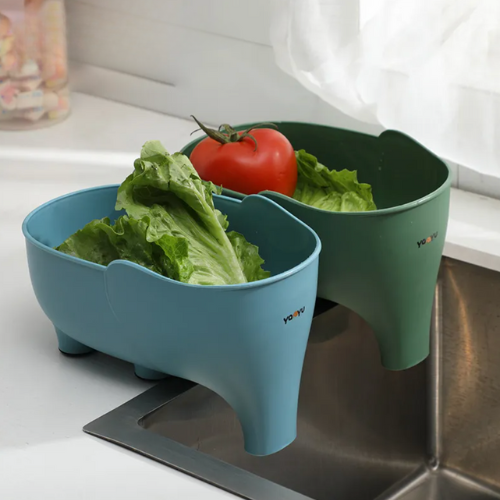Origins of The Japanese Ramen with Pork Belly
Ramen has its origins in China but has become an iconic part of Japanese cuisine, evolving into a beloved dish worldwide. The combination of noodles in a hot broth, seasoned with soy sauce or miso, and topped with various ingredients has been a staple in Japan for centuries. There are many regional variations, with each area offering its unique twist on ramen. In this recipe, the addition of pork belly, also known as chashu, is a popular topping in Japanese ramen shops, adding richness and depth to the dish. Chashu is traditionally slow-braised in soy sauce, sake, and mirin, giving it a tender texture and savory flavor that pairs perfectly with the hearty broth.
The beauty of ramen lies in its versatility. While this recipe features classic elements like pork belly, miso, and soft-boiled eggs, ramen can be easily adapted to suit your preferences. You can experiment with different broths—whether it’s a light chicken broth or a rich, creamy tonkotsu—and customize the toppings to your liking. Ingredients like mushrooms, bamboo shoots, or even spicy chili oil can be added to elevate the flavors. Ramen is not just about the noodles or the broth; it’s a canvas for creativity, allowing each cook to put their personal spin on the dish.
Making Japanese Ramen with Pork Belly at home may seem daunting, but with the right ingredients and a bit of patience, it’s entirely doable. This recipe offers a simplified version of what you might find at a ramen shop, but the flavors are just as rich and satisfying. The slow-braised pork belly adds an indulgent touch, while the broth is packed with umami. Whether you’re a ramen enthusiast or just looking to try something new, this dish brings the comforting flavors of Japan into your kitchen, perfect for a cozy night in or a special weekend meal.
Vegan Version
You can easily make a vegan version of this ramen while maintaining the rich flavors and comforting qualities of the dish. Here’s how to adapt the recipe:
1. Vegan Broth
Substitute: Replace the pork or chicken broth with a rich vegetable broth or mushroom broth for deep umami flavor. You can also use a kombu (seaweed) and shiitake mushroom broth, which is commonly used in Japanese cooking to add depth and richness without any animal products.
How to Make It: Simmer dried shiitake mushrooms and kombu in water for about 20-30 minutes. Remove the mushrooms and kombu, and season with soy sauce, miso paste, and a splash of sesame oil for added flavor.
2. Vegan Protein
Substitute for Pork Belly: Instead of pork belly, use tofu or seitan to provide the “meatiness” of the dish. Crispy tofu works particularly well.
3. Vegan Toppings
Soft-Boiled Egg Substitute: To replace the soft-boiled egg, you can add a vegan alternative such as marinated tofu, or use avocado slices for a creamy texture.
Extra Veggies: Add more vegetables like mushrooms, bok choy, spinach, or bamboo shoots to enrich the dish with flavors and textures.
Garnishes: Keep using nori (seaweed), green onions, sesame seeds, and any other plant-based toppings that add flavor and visual appeal.
Vegan Ramen Recipe Summary:
Broth: Use a vegetable or mushroom broth with soy sauce and miso paste for flavor.
Protein: Replace pork belly with crispy tofu or seitan.
Toppings: Add vegetables like mushrooms, bok choy, and spinach; replace eggs with tofu or avocado.
With these simple substitutions, you can enjoy a flavorful and hearty vegan ramen that’s just as satisfying as the traditional version!














































